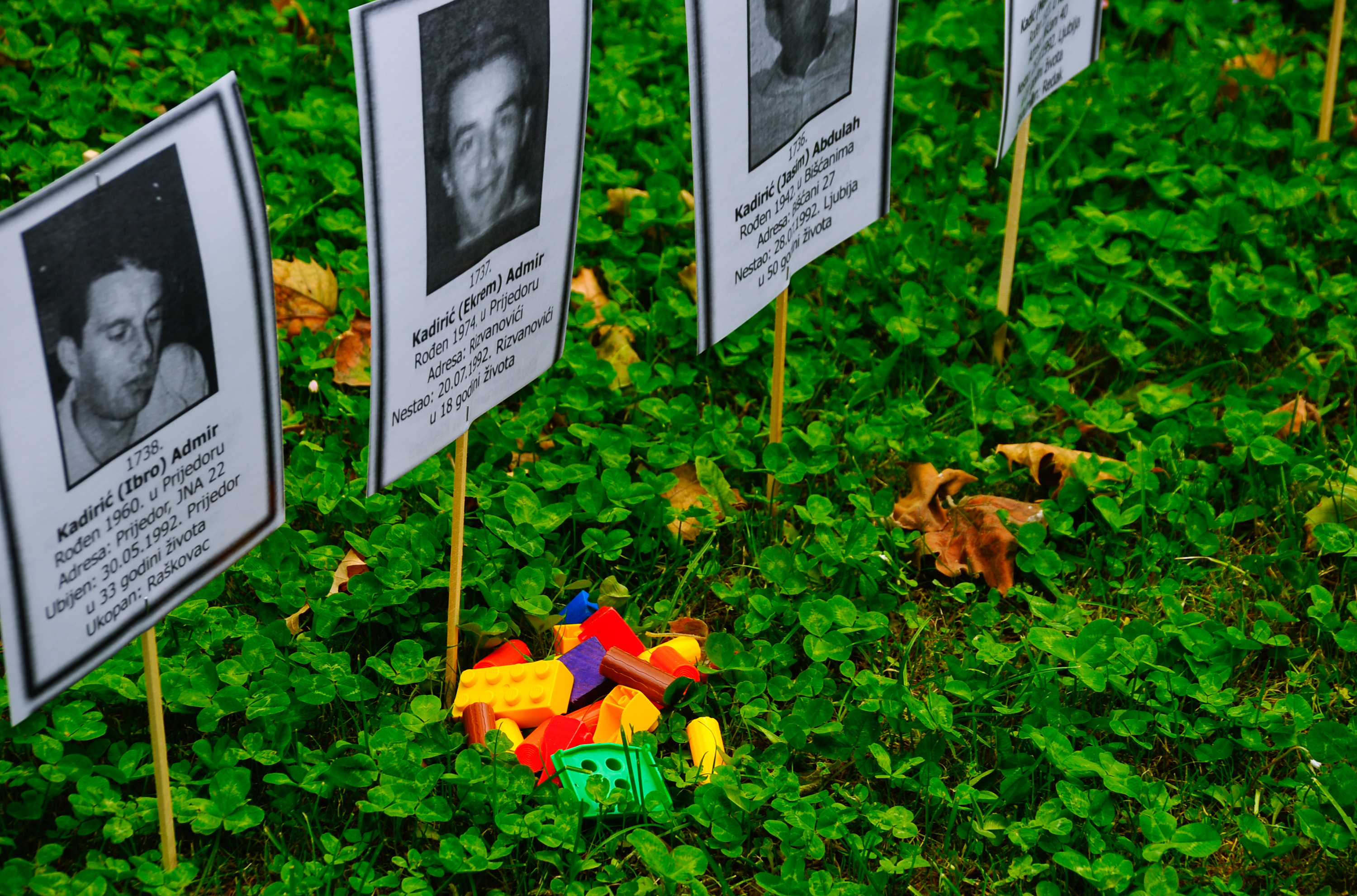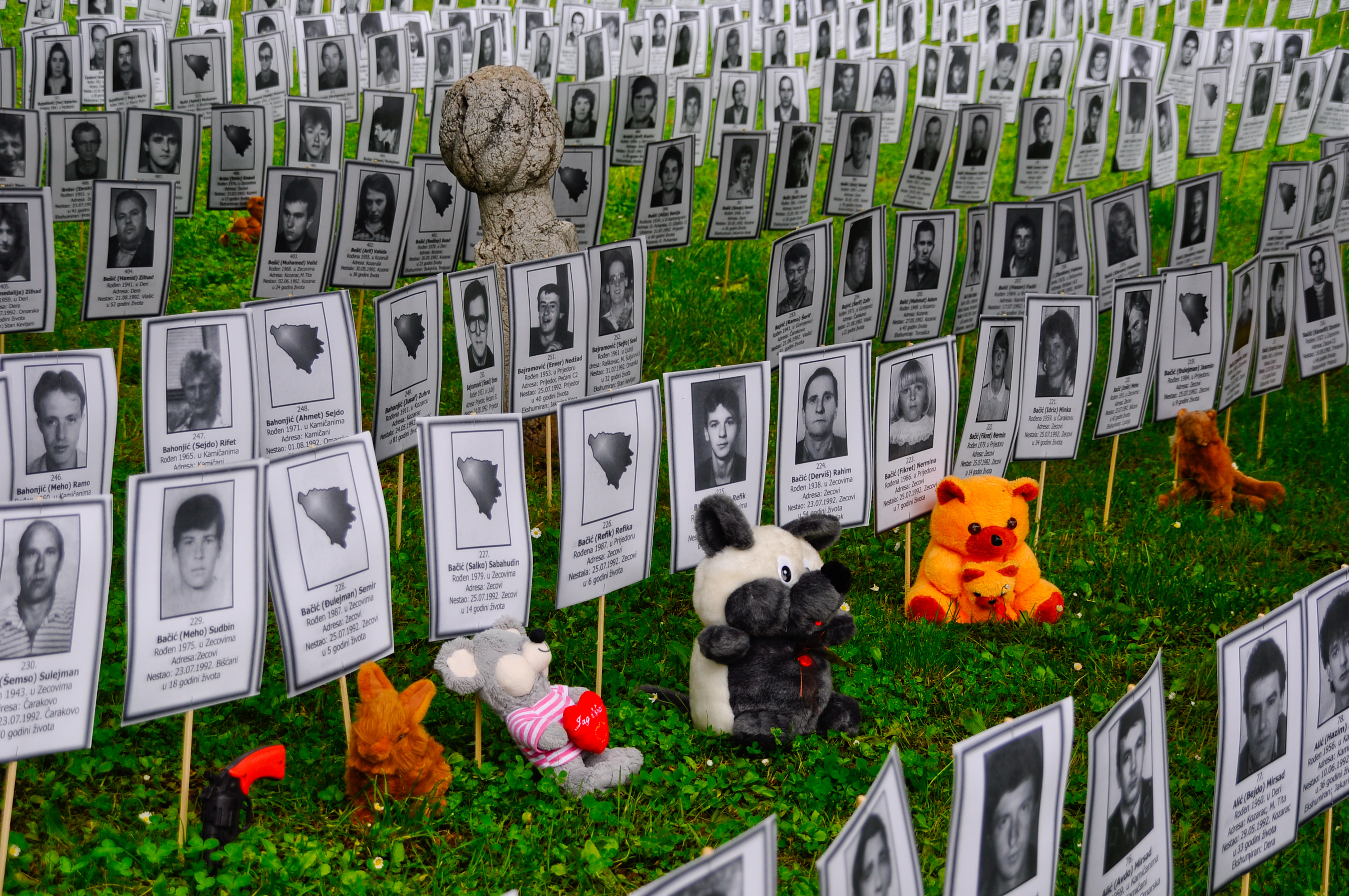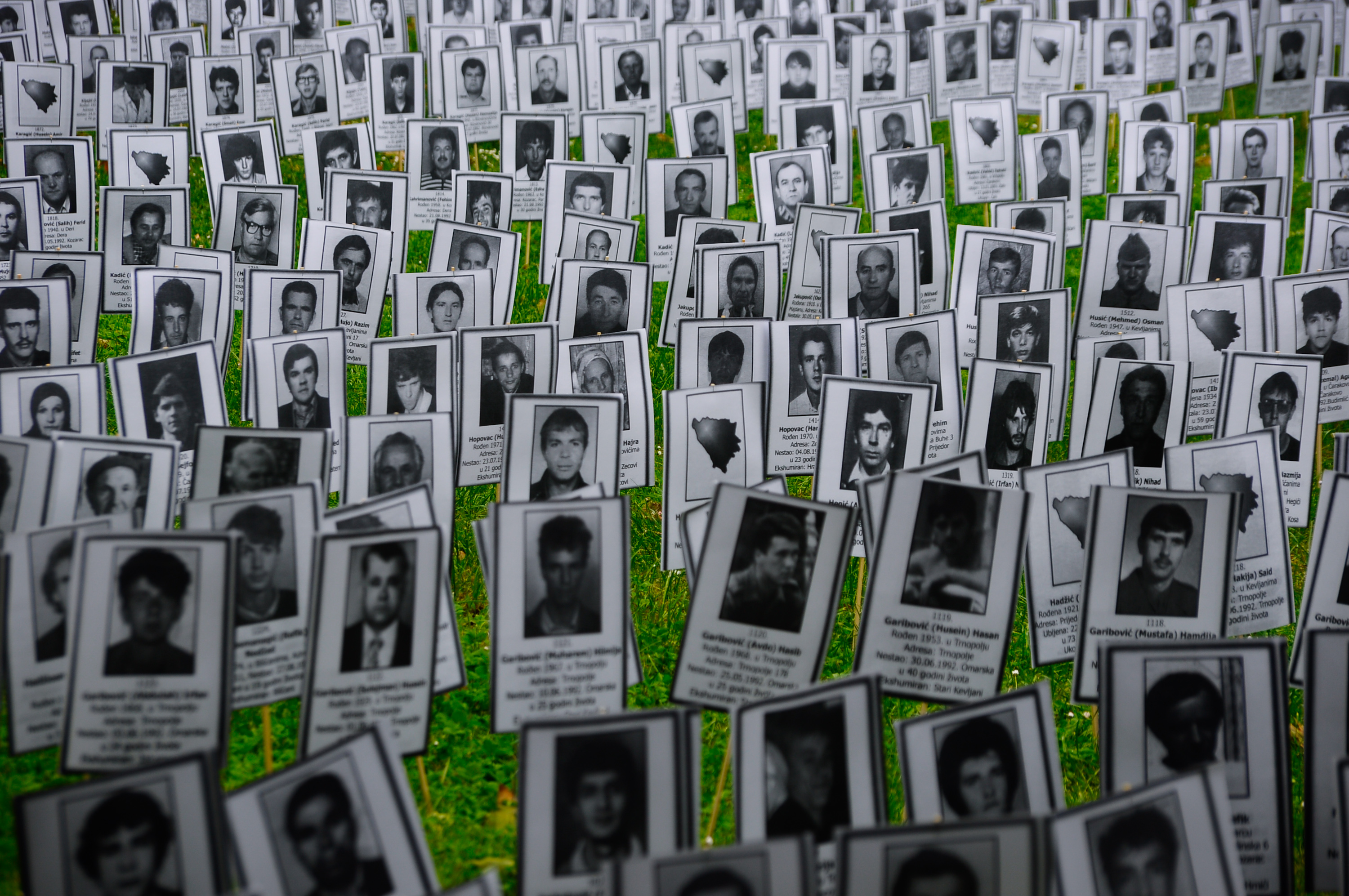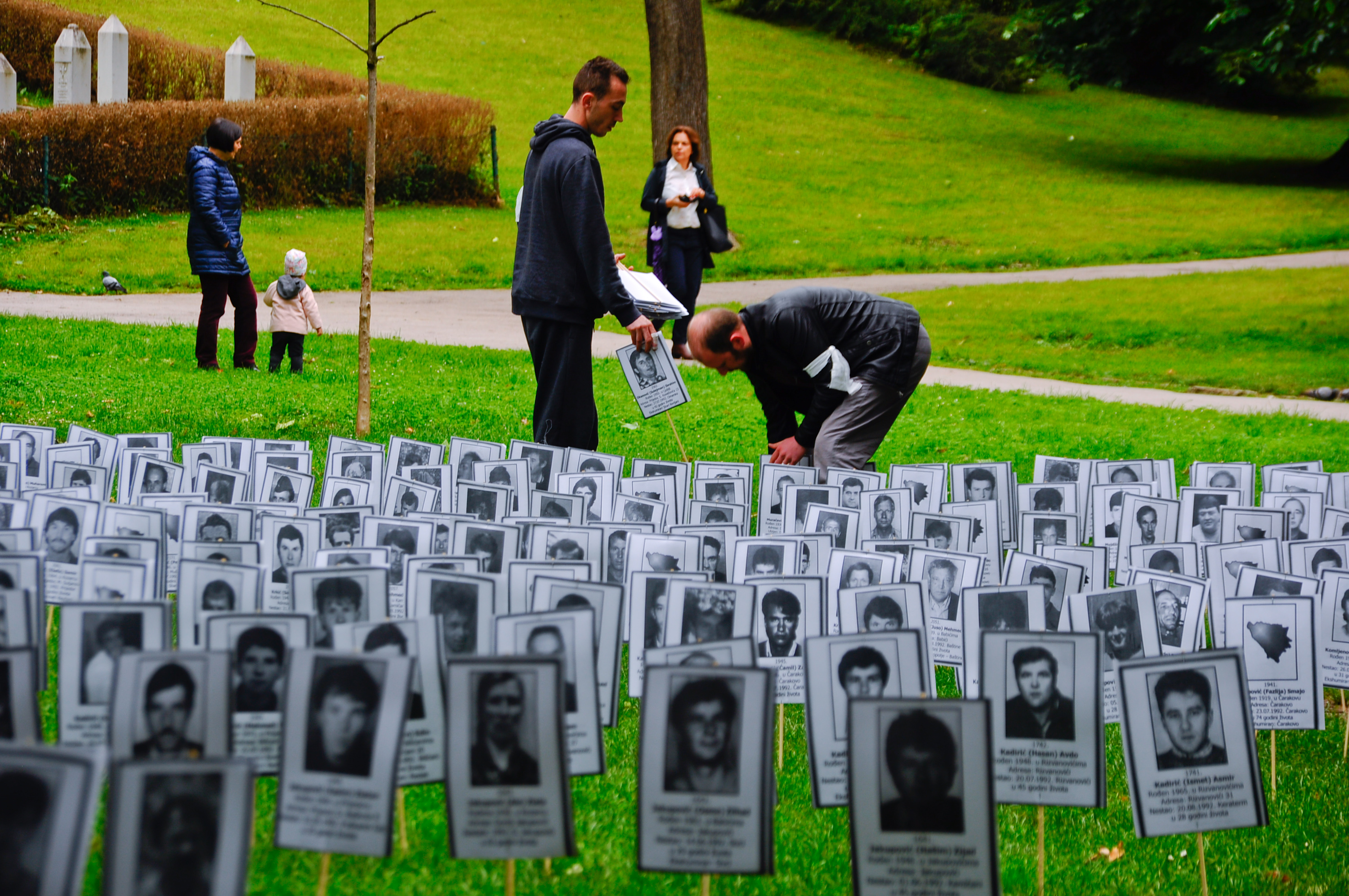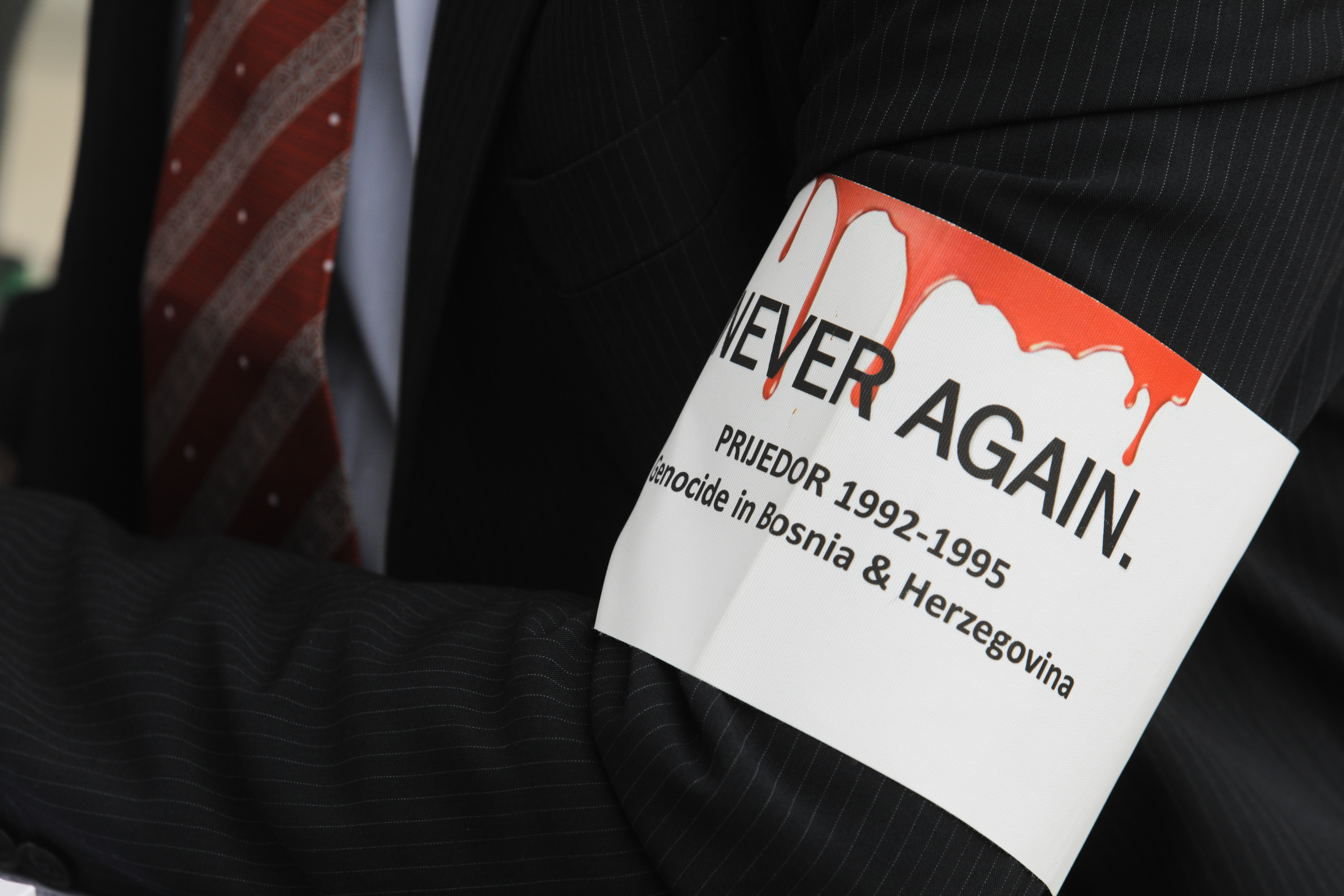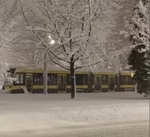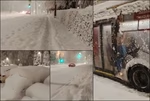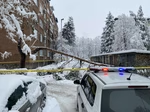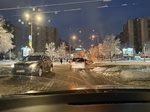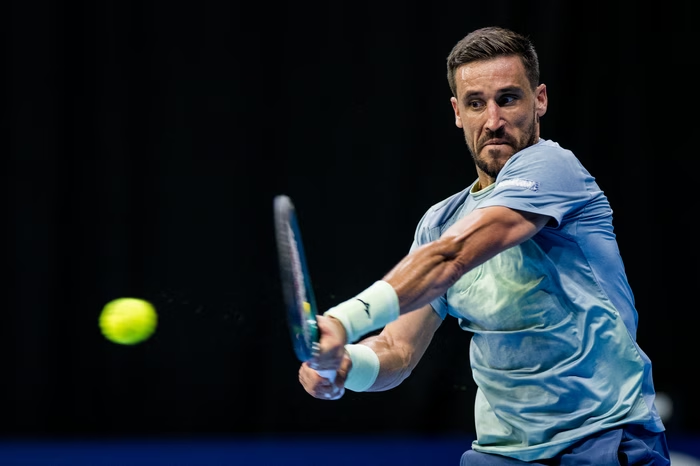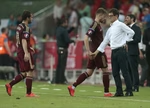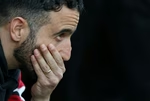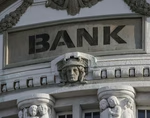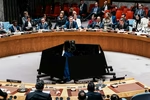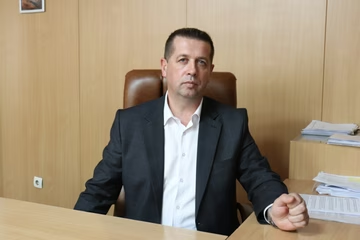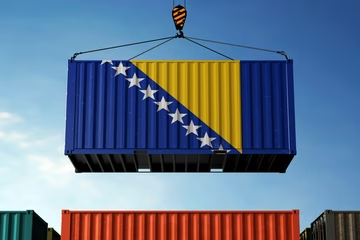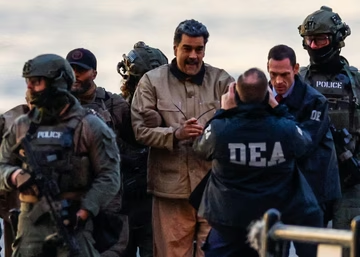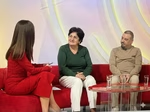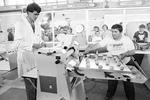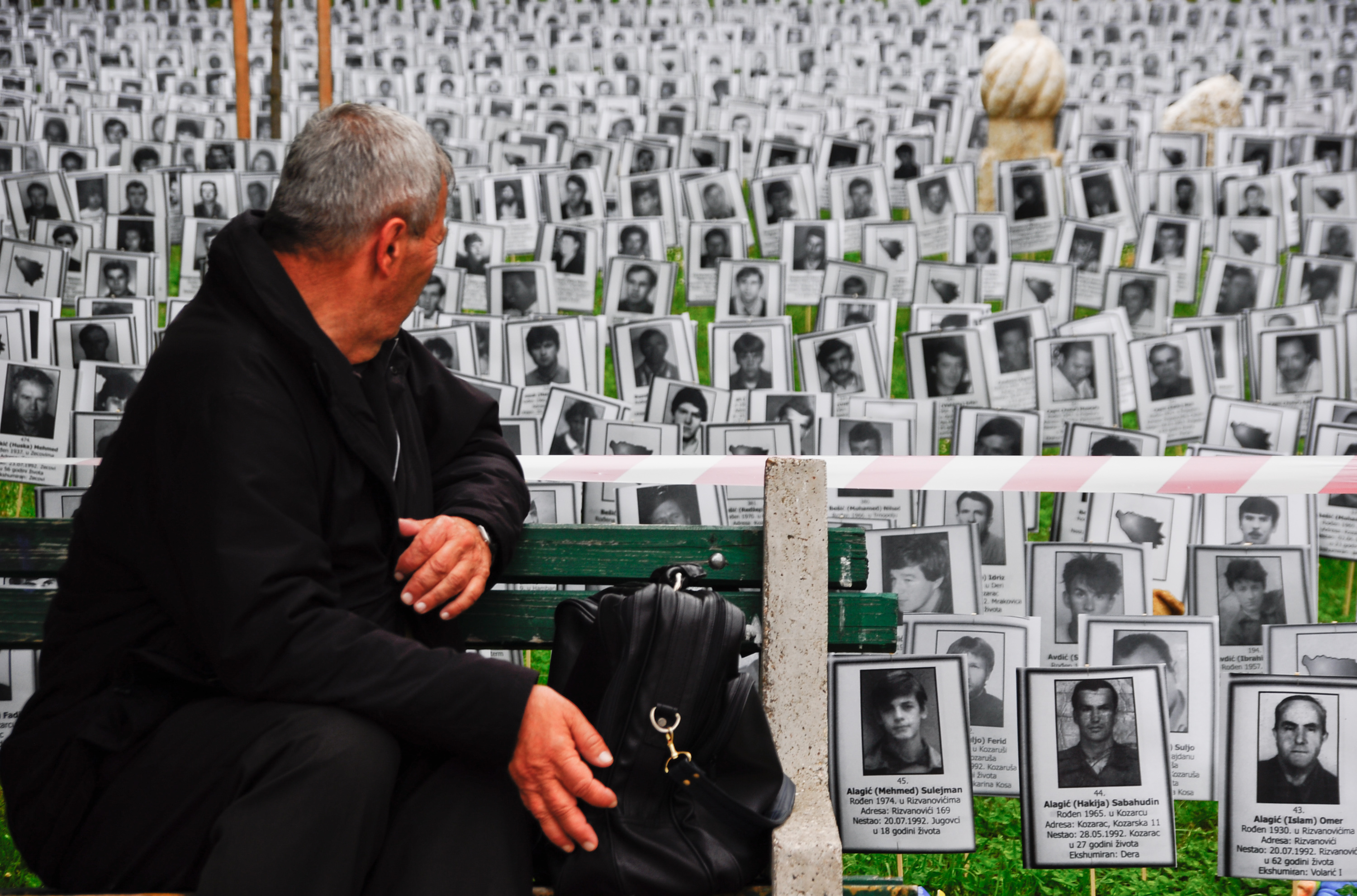
The ‘Big Park’ in Bosnia’s capital was ‘decorated’ on Friday with a sea of black and white portraits of the 3,176 victims of the killings that took place in the northwestern town of Prijedor during the 1992-1995 war.
It is exactly 27 years since Bosnian Serb authorities in Prijedor ordered all non-Serbs in the area to put on white ribbons and for them to mark their houses with white sheets.
What would follow was mass killings and prison camps.
The massacres are the reason why today many people across the world, but primarily in Bosnia, are wearing a white ribbon every May 31.
Among the thousands of victims in Prijedor were 102 children, so among the photos laid out in Sarajevo were also toys.
The scene was organised by the ‘AntiDayton’ NGO in Bosnia. Its head, Nihad Alickovic, said it was a way to honour the victims. He said that those who were killed in Prijedor never fully found justice at the UN International Criminal Tribunal for the Former Yugoslavia (ICTY), because the mastermind of the atrocities in Bosnia, Radovan Karadzic, was never sentenced for what happened there.
The former President of wartime Republika Srpska (RS), now a Serb-dominated semi-autonomous entity within Bosnia, was sentenced to life in prison for various crimes against humanity, including the ethnic cleansing of Bosniaks and Croats, the siege of Sarajevo, the Srebrenica genocide and for taking UN Protection Force (UNPROFOR) hostages during the 1992-95 Bosnian war.
He was acquitted of genocide charges in other municipalities in Bosnia.
Alickovic said that the photos send a message that “a genocide took place in Prijedor, that 3,176 civilians were killed and that that is not even the complete number.”
“Among them were 102 children, which we symbolised with toys,” he added.
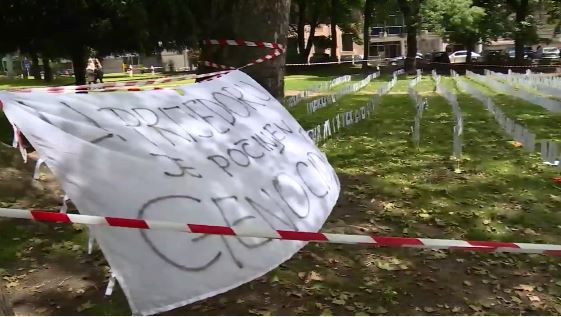
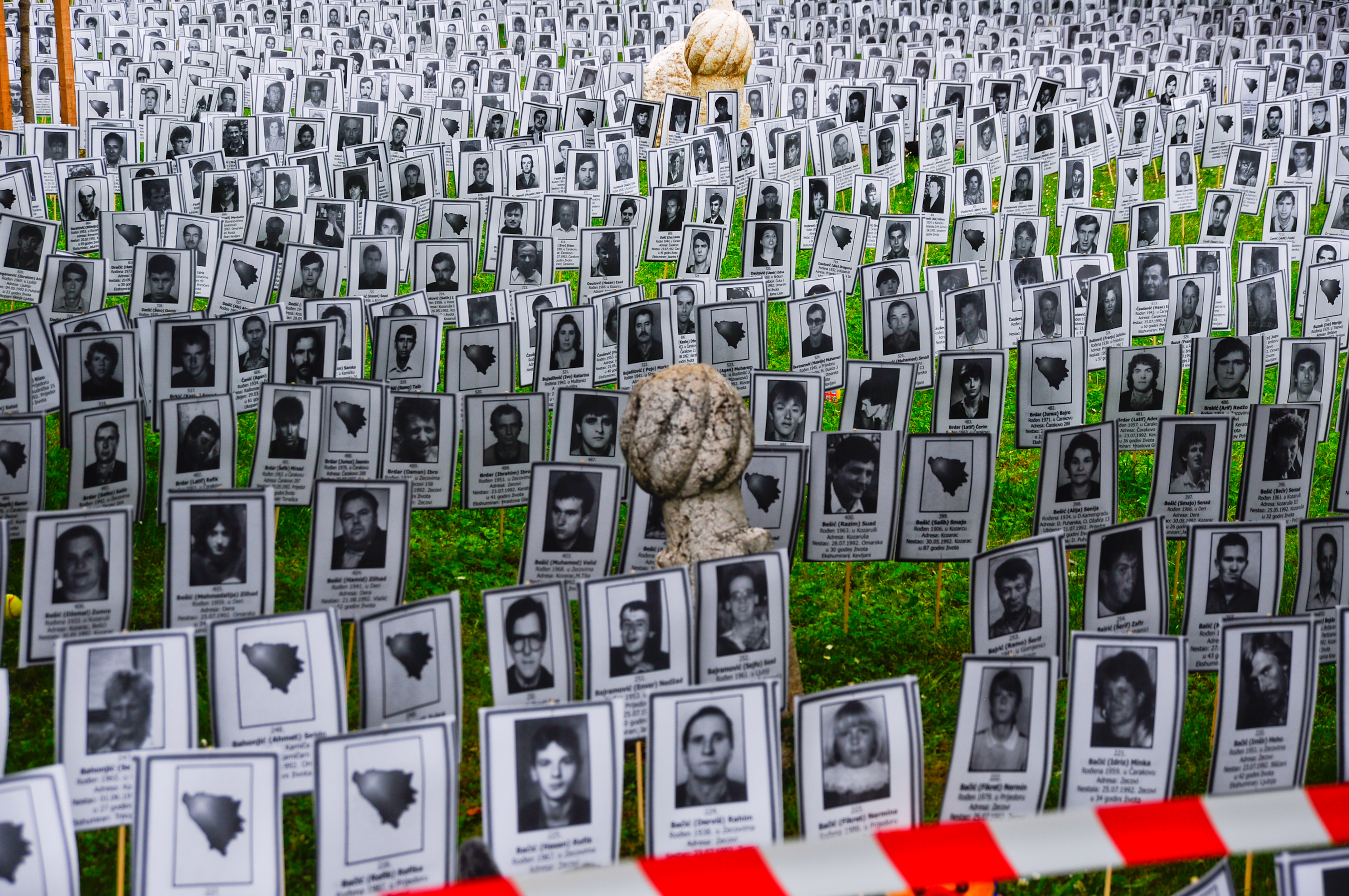
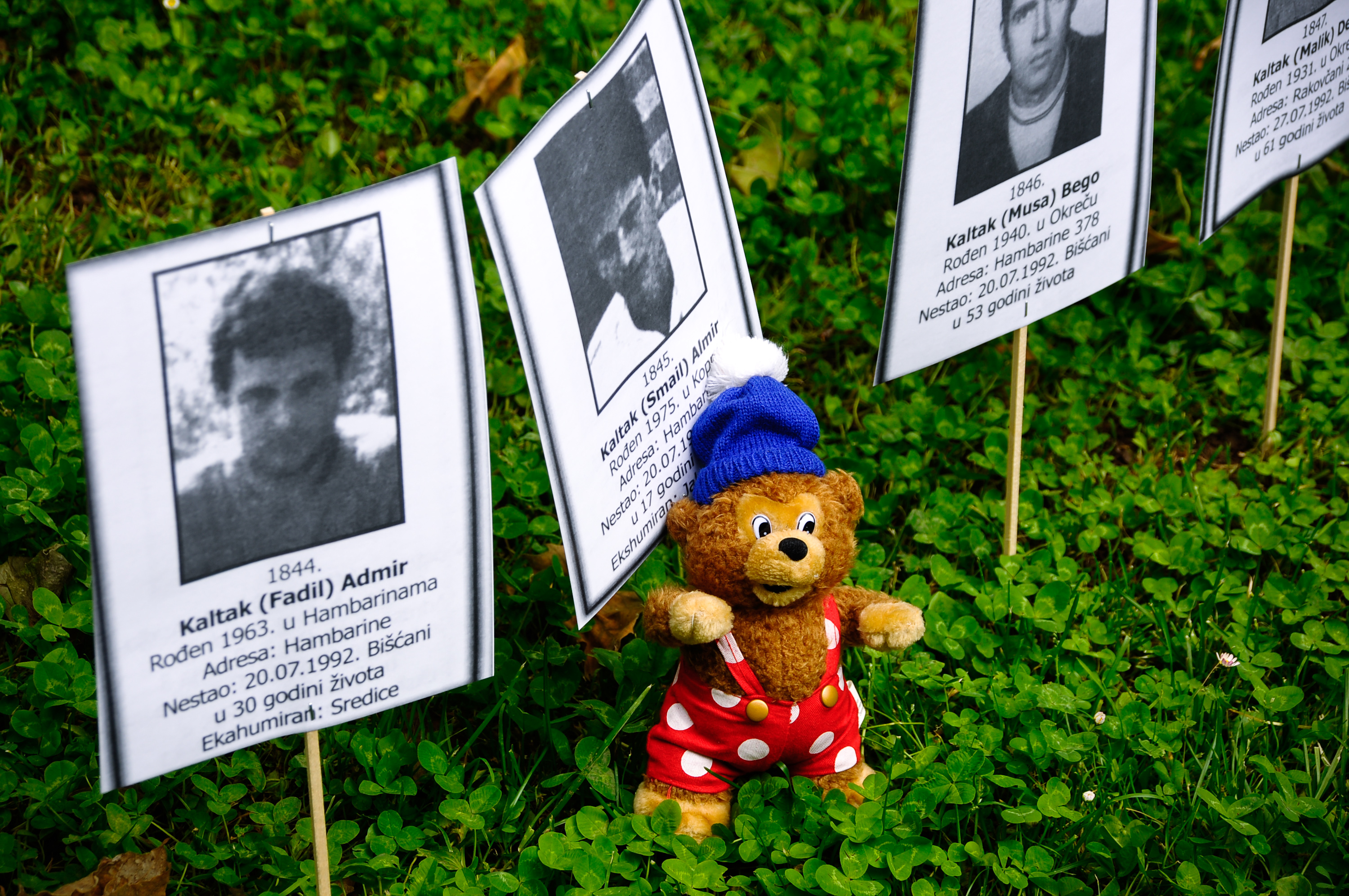
The headquarters of the Islamic Community in Sarajevo is also marked with a white sheet to commemorate the massacres.
Staff at the Museum of Crimes Against Humanity and Genocide are handing out white ribbons to visitors, who are arriving from across the world.
Among them are a father and a son from Norway - Sollie and Christian Lars.
“We are here visiting and I wanted to bring my family so they see this town as it was during the war,” said Sollie, who worked for the UN back then and is familiar with what happened in Prijedor.
“Anyone who lived in Prijedor and who was not of Serb nationality was marked, but not in order to be protected or supported but for the one who masterminded that project to, without any responsibility or fear, kill the marked person and perceive them as an enemy,” said one of the Museum’s founders, Jasmin Meskovic.
He said that Prijedor is the town which had the most prison camps during the war in Bosnia.
“A town where the crimes were committed in a specific way, where neighbours killed their neighbours, where students killed their teachers, where colleagues killed their colleagues because they don’t belong to the Serb people,” he said.
Citizens in Prijedor have meanwhile gathered for a march across the town for the seventh time.
Goran Zornic, one of the organisers, stressed that the children killed in Prijedor deserve to have their monument there and since there is none for the time being, citizens will tie white ribbons to a local bridge.
“The first year when this event was commemorated, in 2013, the march was banned by the police,” Zornic said.
“Compared to then, I can say that we have no problems now. But there was a process of fighting for this position, we made the institutions come to understand it, regardless of who agrees with it or not,” he added.
Zornic explained that there is no public opposition to the gathering.
“We have no concrete research or data about the denials of what happened,” he said, but explained also that “it is clear that we still don’t have active participation in the process of facing the past.”
However, he argued, there are less and less negative reactions to the gathering and if they occur, they “are not coming from citizens, but from political representatives.”
“Two years ago we had the situation where ‘Kozarski Vjesnik’, a newspaper in Prijedor, refused to publish an obituary. This year we will have two pages where the photos of the killed children will be published,” Zornic said.
There is an initiative for a monument for the children to be built in Prijedor, but there is no clear sign it will happen soon, he said.
“We have no concrete signs that the monument could be erected, there is an ongoing discussion in Prijedor for some time about it already. The issue was discussed in the City Assembly. There was an attempt to set up a dialogue, but following the local election those discussions stopped, we did not get an answer,” he explained.
Kakvo je tvoje mišljenje o ovome?
Učestvuj u diskusiji ili pročitaj komentare





 Srbija
Srbija
 Hrvatska
Hrvatska
 Slovenija
Slovenija




